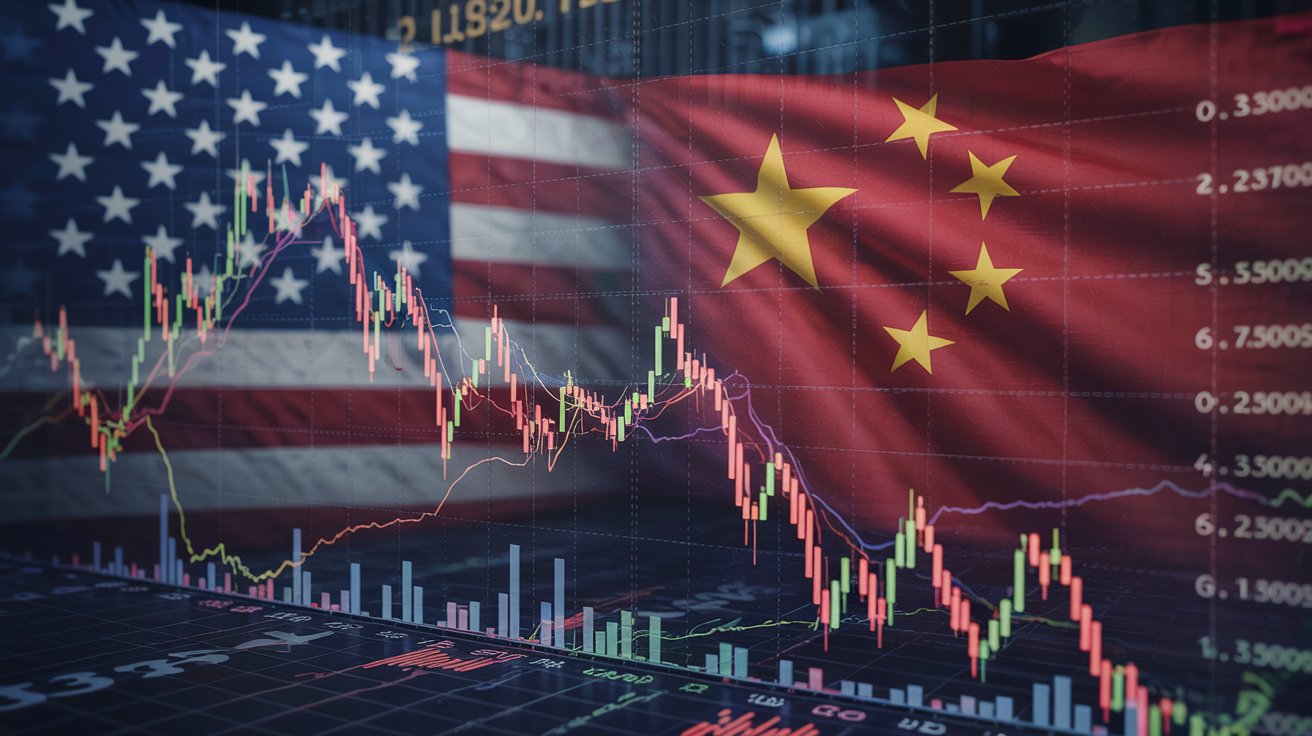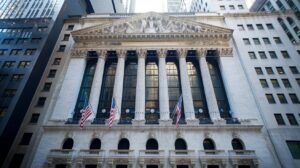China’s recent decision to impose a 34% tariff on all U.S. goods, effective April 10, 2025, has sent shockwaves through global financial markets, intensifying fears of an escalating trade war between the world’s two largest economies.
Key Events Leading to the Current Trade Tensions
| Date | Event | Details |
|---|---|---|
| April 3, 2025 | U.S. announces new tariffs on Chinese goods | President Trump imposes a 34% tariff on Chinese imports. |
| April 4, 2025 | China retaliates with tariffs on U.S. goods and export controls | China imposes a 34% tariff on U.S. goods and restricts exports of rare earth elements. |
Market Reactions and Economic Implications
The immediate aftermath of China’s tariff announcement was a significant downturn across major stock indices. The Dow Jones Industrial Average plummeted by 1,679 points (4%), the S&P 500 fell 4.84%, and the Nasdaq dropped nearly 6%, marking one of the worst days for U.S. markets since 2020. European markets mirrored this trend, with Germany’s DAX down 5% and London’s FTSE 100 falling 3.8%.
Impact on Major Stock Indices
| Index | Point Change | Percentage Change |
|---|---|---|
| Dow Jones Industrial Average | -1,679 | -4% |
| S&P 500 | -4.84% | -4.84% |
| Nasdaq | -6% | -6% |
| Germany’s DAX | -5% | -5% |
| London’s FTSE 100 | -3.8% | -3.8% |
Global Trade Relations and Political Responses
The tit-for-tat tariff measures have strained international trade relations. China’s Finance Ministry condemned the U.S. actions, stating they “gravely violate World Trade Organization rules, and undermine the rules-based multilateral trading system.” In retaliation, China not only imposed the 34% tariffs but also introduced export controls on rare earth materials, such as samarium and dysprosium, which are vital for various high-tech industries. Additionally, Beijing has restricted access to its markets and technologies for 16 U.S. entities, further escalating tensions.
Investor Sentiment and Safe-Haven Assets
The escalating trade conflict has prompted investors to seek refuge in traditional safe-haven assets. Gold prices have surged as a result, while government bonds have seen increased demand, leading to a decline in yields. Conversely, oil prices have tumbled amid concerns over a potential global economic slowdown.
Looking Ahead
As the April 10 implementation date for China’s tariffs approaches, market participants and policymakers worldwide are closely monitoring developments. The potential for further retaliatory measures remains high, and the global economic landscape hangs in the balance. Stakeholders are hopeful for renewed negotiations to de-escalate tensions and establish a more stable trade environment.
[USnewsSphere.com / MB]





